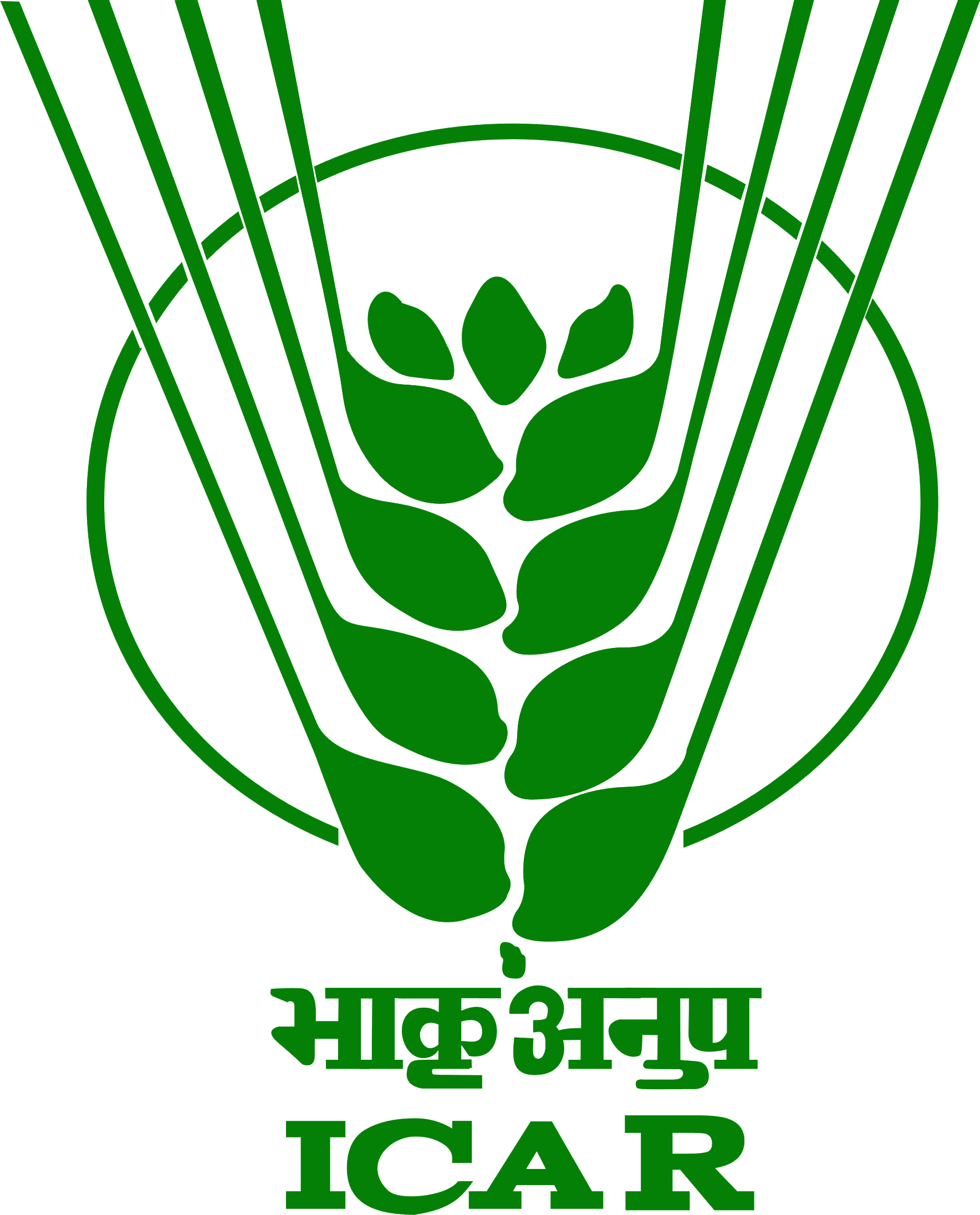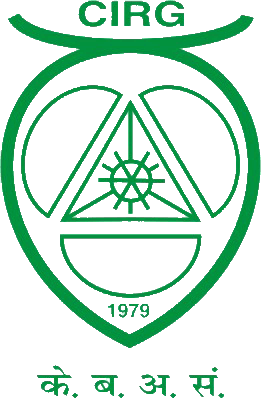



Select Language
|
 |
 |
All India Coordinated Research Project on Goat Improvement |
 |

|
Uttrakhand Goat Unit, GBPUA&T, PantnagarPrincipal InvestigatorDr Brijesh Singh, Professor,Department of Livestock Production Management College of Veterinary & Animal Sciences GBPUAT, Pantnagar BriefUttarakhand Goat Unit was added from beginning of this year, however, it was launched at Department of Livestock Production Management, College of Veterinary and Animal Science, G.B.Pant University of Agriculture & Technology, Pantnagar on Aug. 29, 2014 with objective of improving uttarakhand local goats. A new breed named ‘Pantja’ goat registered through NBAR a national nodal agency to register new breeds. Since, a new breed got registered, work was focused to map the breeding tract and distribution of Pantja goats. Forrmats were prepared and surveys were conducted in these districts and adjoining areas, totaling about 39 villages. After survey, it was found that Pantja goats are mainly distributed in the areas, namely Bara, Kunda, Tilpuri and Bhimtal. Therefore, these areas were selected as clusters for further research and improvement work. The survey results showed that the goats are mainly managed in unorganized manner as subsistence farming and feeding was purely based on their browsing in fields bushes, tree lopping and agriculture wastes, without any provision of concentrates. Pantja are medium sized goats reared mainly for meat purpose with average flock size of 7±2. However, the flock sizes as big as 35 to 62 have also been observed. The composition of the flock for does, bucks and kids being 48, 1 and 51 per cent, respectively. Traditionally, buckling have been castrated by incision method at about 10 days age and hence Pantja bucks were not commonly seen with small flocks. People consider meat of Pantja wethers as highly delicious. The colour of the goats is brown/ fawn, getting lighter ventrally with stripe on face. They are very active but docile and morphologically resemble with deer. Pantja have small sized horns (about 10 cm), which are triangular, twisted, pointed at tip and oriented slightly upwards and backwards. Their birth weight and yearling weight in male and female is 1.9±0.2, 1.7±0.2 and 21.1± 2.1, 17.5±1.7 kg, respectively. The age at sexual maturity of female ranged between 9 – 11 months and age at first kidding between 14-15 months. Majority of females deliver two kids (67%) per kidding, however, tripleting is also frequent in healthy goats. Being poor, the goat keepers maintain goats un-hygienically. Thus, a lot of these goats suffer from parasitism (external and internal), coccidiosis and PPR. Attempts have been initiated in preventive health care by supplying them with lime for its spray on the floor of the goat house, and mineral mixture, deworming and vaccine. Department is maintaining an elite flock of Pantja and a total of 9 bucks from this flock have been supplied to the farmers in the field for genetic improvement of the goats. Besides, 9 castrations have been performed in the field. A facility of natural service to the local goats has been created under the project. |
All India Coordinated Research Project on Goat Improvement Copyright © 2017 PC Unit, ICAR - CIRG, All rights reserved |
Visitor number: 49797 Developed by Shantanu Singh
Last Modified: 07 Apr 2019 |